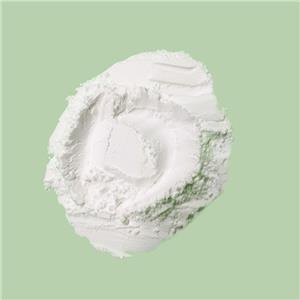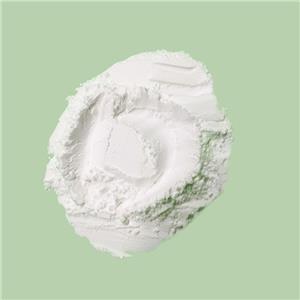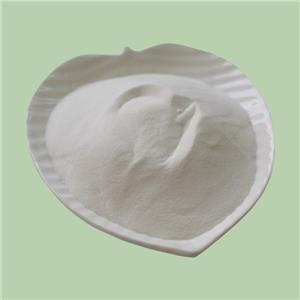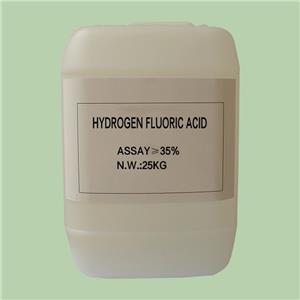the Significance of Ammonium Fluozirconate in Advancing Zirconia Ceramics
Zirconia ceramics, as an emerging engineering material, are widely acclaimed for their exceptional properties such as high wear resistance, temperature stability, chemical inertness, and strength. In the preparation of zirconia ceramics, ammonium fluozirconate, a pivotal raw material, plays an irreplaceable role. This article provides a detailed exploration of the application and underlying mechanisms of ammonium fluozirconate in the preparation of zirconia ceramics.
Ⅰ. Zirconia Ceramics Preparation Methods and Characteristics
Zirconia ceramics are primarily prepared through various methods, including hot isostatic pressing, injection molding, coaxial molding, and plasma spraying. Among these, hot isostatic pressing stands out due to its high precision, excellent ceramic density, and low sintering temperatures. However, the purity of zirconia significantly impacts the quality of the product. Therefore, ensuring high-purity raw materials and controlling various process parameters are crucial for the performance of the final product.
Specifically, in the hot isostatic pressing process, zirconia powder and additives undergo mixing, high-pressure shaping, and final high-temperature sintering. The key challenge in preparing zirconia ceramics lies in ensuring higher density and strength of the zirconia sintered body. Hence, adjustments in production processes are necessary to optimize component ratios and manufacturing processes, maximizing the density and strength of zirconia ceramics.
Ⅱ. Chemical Properties and Applications of ammonium fluozirconate
Ammonium fluozirconate, with the molecular formula ZrF2·NH4F, is a chemically stable compound. It exhibits high thermal stability, solubility, and finds applications as a catalyst in organic synthesis and other fields.
In the preparation of zirconia ceramics, the application of ammonium fluozirconate is reflected in several aspects:
1、Catalyzing the Decomposition of Zirconia Precursors: ammonium fluozirconate accelerates the decomposition of zirconia precursors, facilitating the formation of zirconia.
2、Regulating the Size of Zirconia Grains: By adjusting the appropriate amount of ammonium fluozirconate, the size and distribution of zirconia grains can be controlled.
3、Increasing Zirconia Density: Added ammonium fluozirconate reduces the occurrence of defects like pores, ultimately enhancing the density and strength of zirconia ceramics.
4、Inhibiting the Growth of Zirconia Grains: Zirconia grains tend to grow at high temperatures, leading to a decrease in material strength and density. Adding ammonium fluozirconate can suppress the growth of zirconia grains, maintaining smaller and more uniformly distributed grains.
III. Mechanisms of ammonium fluozirconate in Zirconia Ceramics Preparation
In summary, the role ofammonium fluozirconate in the preparation of zirconia ceramics is considered a catalytic effect, evident from the following perspectives:
1、Catalytic Effect: ammonium fluozirconate, as a catalyst, accelerates the thermal decomposition of zirconia precursors. By coordinating with europium, it aids in the faster formation of zirconia grains at high temperatures, ultimately resulting in zirconia ceramics.
2、Fluoride Ion Concentration Effect: Increasing the addition of ammonium fluozirconate also increases the concentration of fluoride ions. It's essential to note that adding excessive amounts of ammonium fluozirconate is not always beneficial, as an overdose can disrupt the formation of grains and the stability of the material.
3、Inhibition of Grain Growth Effect: Zirconia grows through single crystal heterogeneous nucleation and grain growth. Sufficient addition of ammonium fluozirconate can inhibit grain growth. Fluoride ions, through their chemical affinity with the surface of zirconia sintered bodies, interact with the atoms transferred on the crystal surface, thereby slowing down the rate of grain growth.
Ammonium fluozirconate plays a crucial role in the preparation of zirconia ceramics. It acts as a catalyst, accelerating the decomposition of zirconia precursors, aiding in the even distribution of zirconia grains, and enhancing the density and strength of zirconia ceramics. Leveraging the mechanisms of ammonium fluozirconate through appropriate technologies and process controls can further improve the quality and performance of zirconia ceramics.
In the future, zirconia sintered bodies, as engineering materials, will undoubtedly receive increasing attention. Despite the growing emphasis on the application of zirconia sintered bodies in heavy industries, the full potential of ammonium fluozirconate has not been fully realized. Therefore, further research and technological advancements are necessary to comprehensively promote and develop zirconia ceramics preparation techniques.




